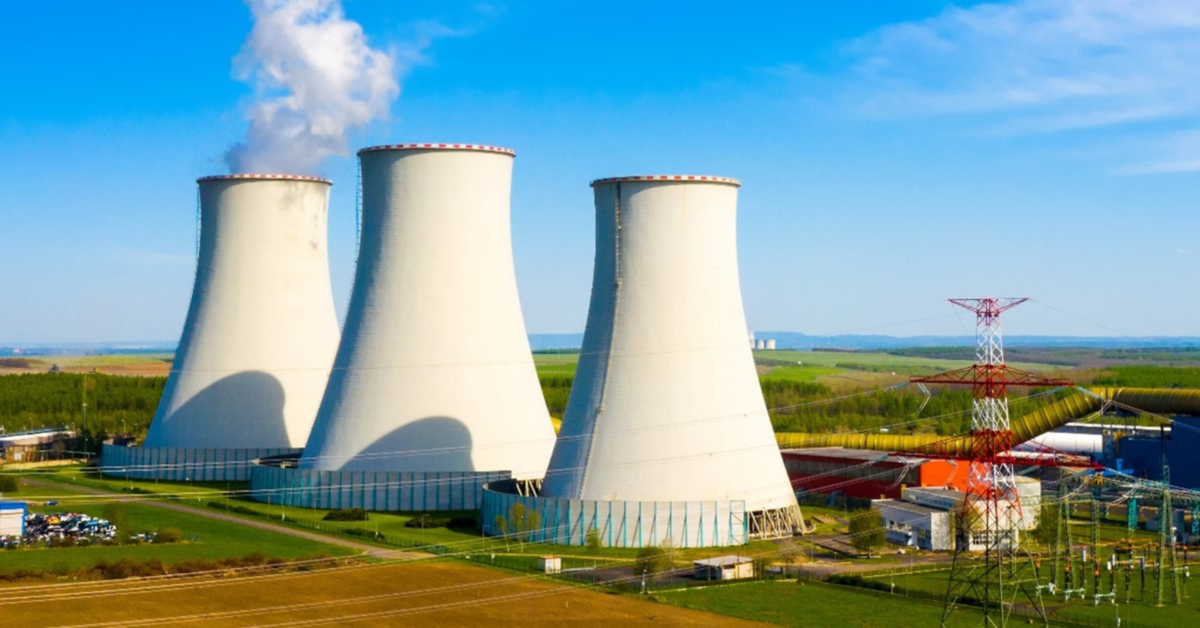EGA Five Facts to Know: The EU's Net-Zero Industry Act
Last month, the European Commission proposed the Net-Zero Industry Act (NZIA), a piece of critical legislation to promote green manufacturing and implement the Green Deal Industrial Plan (GDIP). Announced earlier this year, the GDIP is the EU’s strategy to achieve net zero by 2050. The Plan also comes in response to the US Inflation Reduction Act, which is seen as unfairly subsidizing the production of clean energy technologies to the detriment of trade partners, such as the EU.
The NZIA aims to level the playing field for EU clean technology development and manufacturing capacity by identifying strategic net-zero technologies and supporting them with critical policy levers, such as quicker access to permitting and removal of state aid provisions. NZIA draft regulations are currently being reviewed and agreed upon by the European Council, Parliament, and Commission before being formally adopted.
Here are five facts to know about the NZIA:
1. Europe Fears For Its Green Industry
In the wake of being battered by high energy prices and inflation due to the war in Ukraine, the EU was shocked to discover that the US Inflation Reduction Act (IRA) included USD 369 billion in subsidies for the US clean energy sector. The sheer size of this state-backed support to the American manufacturing sector immediately began stoking fears that EU private sector investment would be drawn away from much-needed EU energy investment and diverted, instead, toward the US market. In October 2022, two months after the passage of the IRA, French President Emmanuel Macron called for reciprocal action: “We need a Buy European Act like the Americans, we need to reserve [our subsidies] for our European manufacturers.”
The IRA – through production and investment subsidies geared towards clean energy technologies, such as batteries, electric vehicles, and inputs for renewable energy – was a victory for the US’ push towards a green future. With the IRA’s passage, it is estimated that the US will be able to deliver a 32-40% reduction in greenhouse gas emissions by 2030, answering the EU’s repeated criticism for US climate inaction.
However, while a welcome commitment to climate action, the buy-US clauses and massive subsidies in the IRA shocked EU policymakers – as they directly contravened WTO rules and risked severely distorting global markets, including the EU’s. Already, businesses on both sides of the Atlantic have sought to reap the benefits of the IRA. Tesla announced a strategic shift away from Europe to the US due to the US’ attractive subsidies, and Volkswagen also recently announced that it will begin production in its first North American battery cell factory in 2027.
2. The NZIA Focuses on Developing the EU's Strategic Production Capacity
The NZIA seeks to introduce a simple legal framework for EU-based net zero industries. It is a key component of the EU’s Green Deal Industrial Plan (GDIP), the EU’s strategy to achieve net zero by 2050. And the NZIA expands the EU’s clean technology manufacturing capacity, in turn bolstering the EU’s ability to meet the Fit for 55 package objectives, a set of proposals that seek to reduce emissions by at least 55% by 2030.
Importantly, the NZIA reflects an explicit realization that the EU’s relatively freewheeling trading instincts no longer work in today’s highly competitive world. The main concern was that subsidizing its own industry was damaging competitiveness in the long run. As such, the NZIA seeks to tread the line between autarky and openness – or what French President Macron would call “strategic autonomy,” that is, staying open to trade while fostering the development of high value-added domestic industries.
3. Red Tape is Reduced for Key Strategic Technologies
The NZIA aims to accelerate green industry development by reducing approval periods. Specifically, the bill streamlines permitting and financing access for the following strategic technologies:
- Solar photovoltaic and solar thermal technologies
- Onshore and offshore wind technologies
- Battery technologies
- Heat Pumps (and geothermal energy)
- Renewable hydrogen technologies
- Biomethane technologies
- Nuclear technologies (fission)
- Carbon capture, usage and storage (CCUS)
- Grid technologies
4. The NZIA Promises Access to Increased (But Unspecified) Public Funding
The draft also includes several ways in which projects can access EU funding. The draft foresees a target amount – albeit unspecified – of revenues from the EU carbon market that countries should contribute toward implementation of the NZIA. As a general approach, the EU aims to match any green industry subsidy offered by the IRA or any other country – competing for financing in this newest investment sector. In order to ensure the integrity of a single market and avoid aid benefitting only the largest member states (i.e. France and Germany), the EU’s rules on state aid will only be lifted if requested by a member state with a smaller GDP (below EU average) or a group of three countries where at least two are from a nation with a smaller GDP.
Subsidies – in the form of tax breaks or liquidity – are only available through 2025. The subsidy ceiling will also vary according to the region where the operation is located, from EUR 150 million in wealthier regions to EUR 350 million in poorer regions. EU countries may also provide financial support in the form of guarantees to decrease borrowing costs and reduce early-stage financial risk. In addition, the Net-Zero Industry Platform – a newly-created body to assist EU industrial capabilities – will “identify financial needs and bottlenecks” as well as best practices “based on regular exchanges with the relevant industrial alliances.” In the future, funding could also come from a proposed EU Sovereignty Fund, but member states have not yet been able to agree on a funding source for the fund.
5. "Net-Zero Strategic Projects" Will Receive Favorable Treatment
In order to quickly build out Europe’s domestic capacity to supply green technologies, the NZIA’s most important tool, arguably, is its ability to designate “Net-Zero Strategic Projects.” Key technologies (Fact #3) that are designated strategic projects will receive favorable treatment in a number of ways, including access to funding (Fact #4) and priority permitting that ensures the permitting process is predictable, transparent, and as fast as possible, while still aligning with national and EU laws. Projects that would otherwise be subject to state aid rules or other regulations may even secure permits if they are of considerable public interest. In order to gain designation as a Net-Zero Strategic Project, applications will be assessed by the European Commission and assisted by the Nero-Zero Industry Platform comprised of member state experts and a Commission representative. The aim is that these policy preferences will speed up the EU’s development of new strategic technologies and its ability to scale them up and compete globally.



